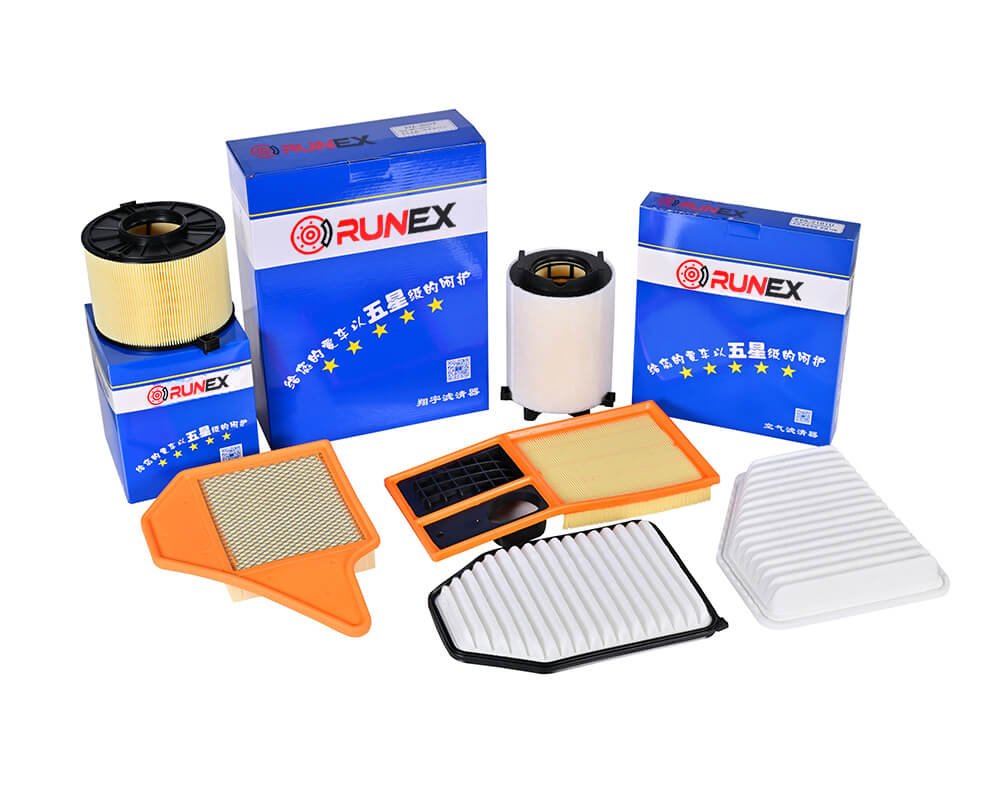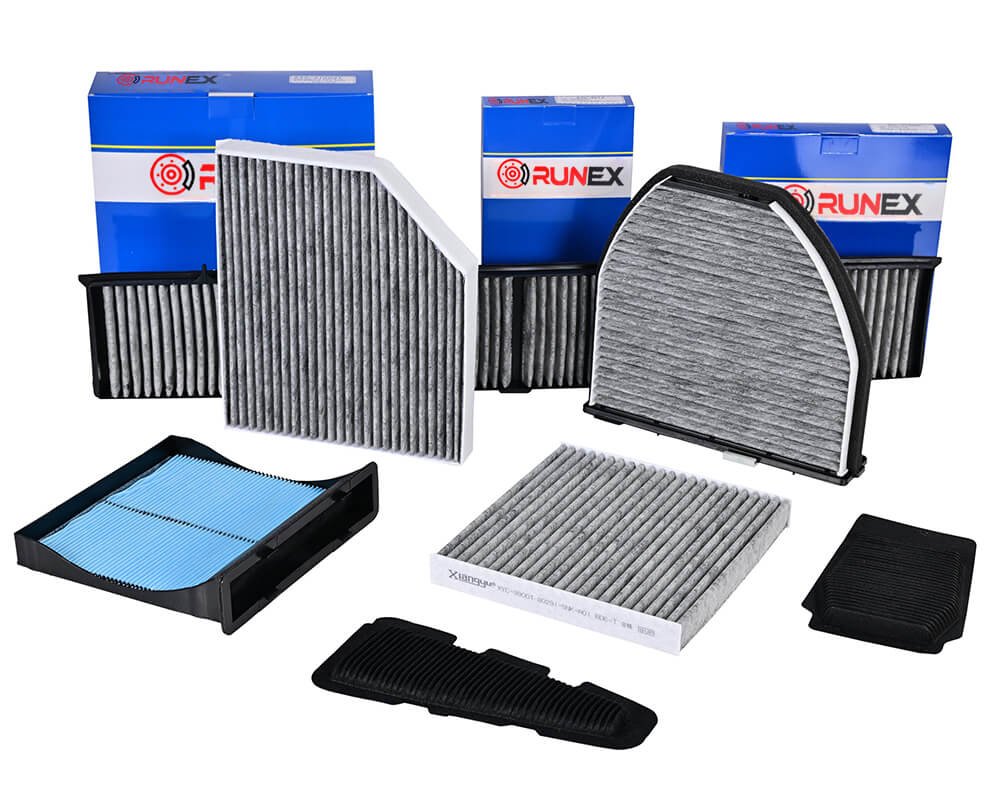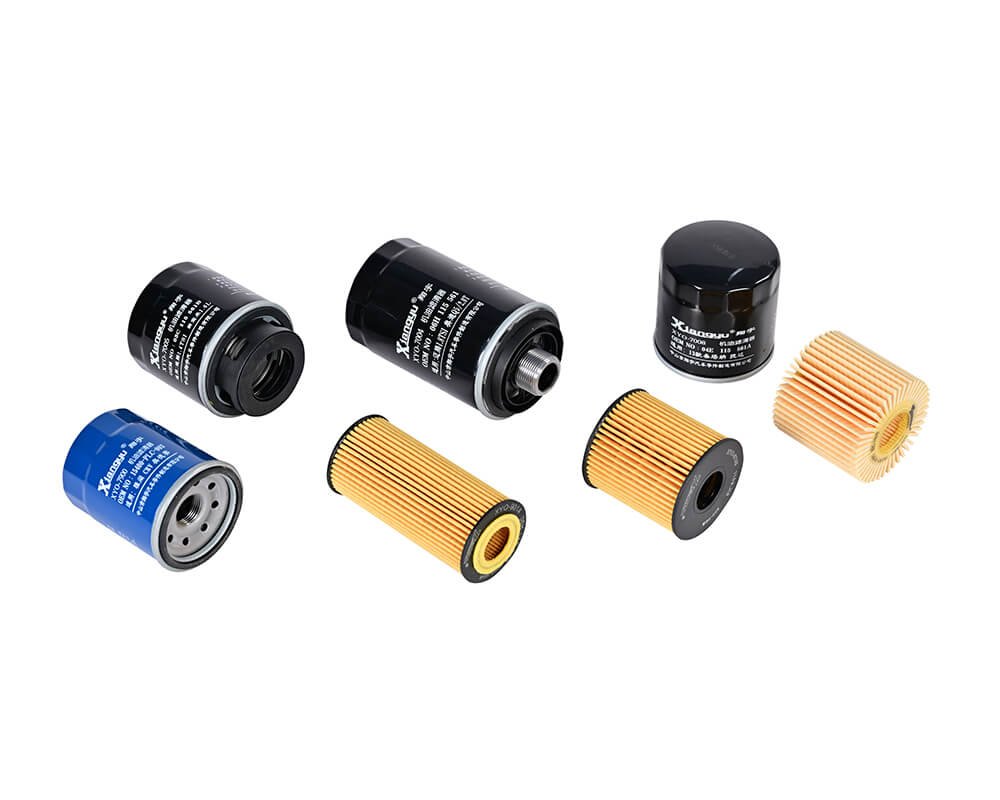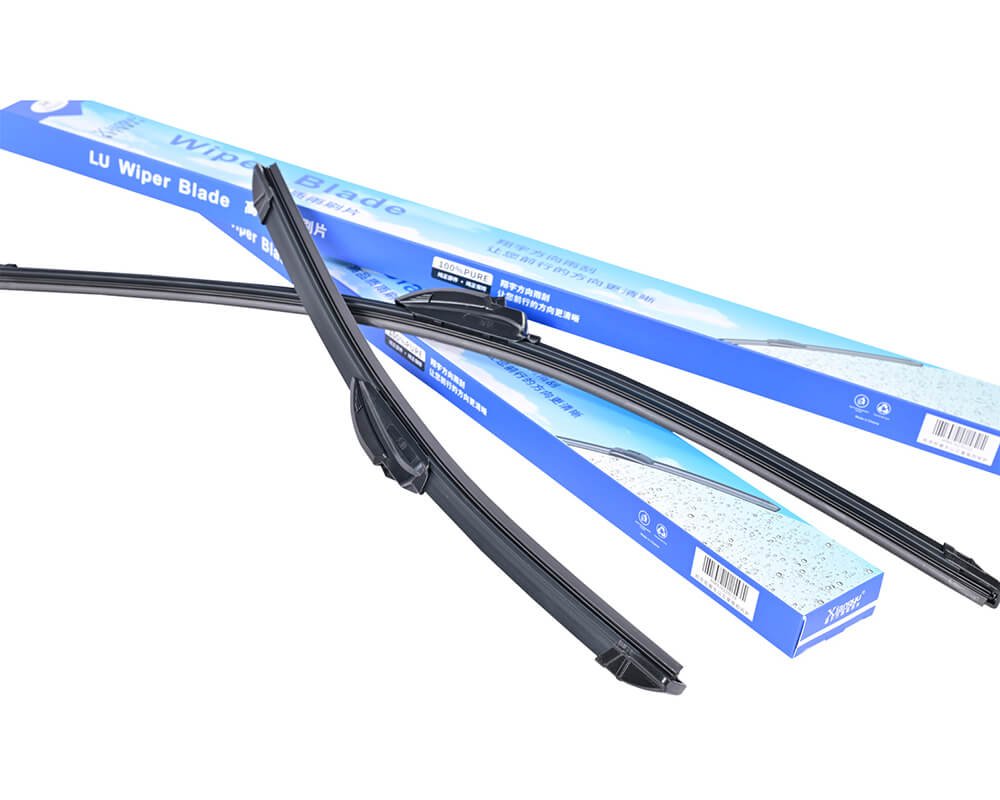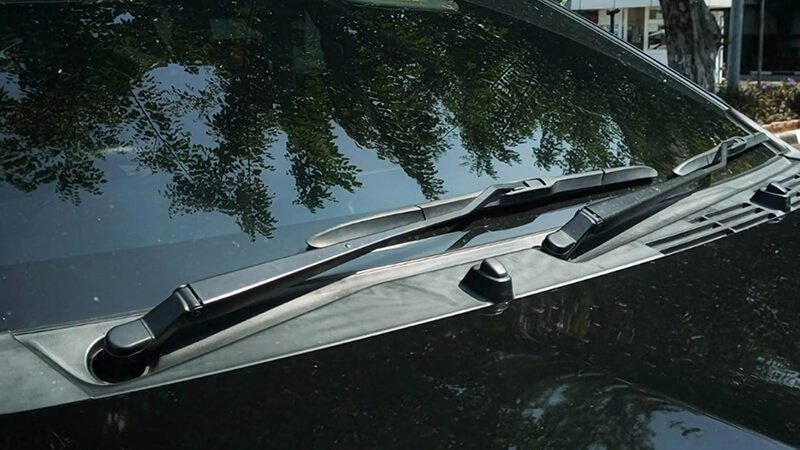When selecting brake pads, understanding the certifications behind them is crucial for ensuring safety and performance. But what makes a brake pad valid? Are all brake pads created equal? Let’s break down the key certifications and their importance in the brake pad industry.
Brake pads are not just about price; they are about safety. Understanding the certifications and codes on brake pads can help you make informed decisions. This guide will explain what makes a brake pad valid and why certain approvals matter.
The importance of brake pads cannot be overstated, as they are a crucial component in vehicle safety. When purchasing, it's not enough to just pick any brake pad. Certifications play a significant role in determining whether a brake pad is fit for purpose.
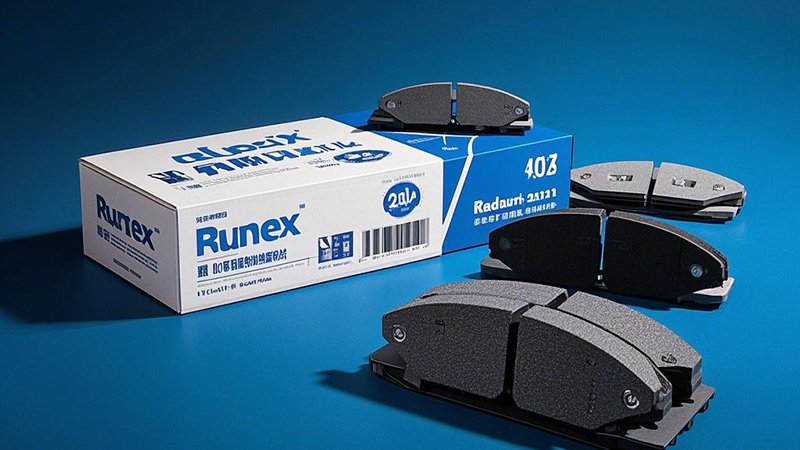
What is acceptable for brake pads?
When shopping for brake pads, it's essential to know what’s acceptable in terms of standards and quality1. But how do you determine if a brake pad meets the necessary criteria? Let's dive into the key factors that define a brake pad’s validity.
Acceptable brake pads must meet specific industry standards for safety and performance2. This includes durability, noise reduction, and heat dissipation. Certifications3 ensure that the brake pads have passed stringent tests and are reliable in all conditions.
The most important factor in brake pad selection is their safety and performance under various driving conditions. Brake pads must meet certain criteria to be deemed acceptable. These include durability, noise levels, and heat resistance. Brake pads that are too soft can wear out quickly, while those that are too hard may cause excessive noise or damage to the rotor.
Key Aspects to Consider in Brake Pad Acceptability:
-
Durability: Brake pads are exposed to constant friction, heat, and pressure. Their material must be durable enough to withstand these conditions without excessive wear. The material composition directly impacts how long the brake pads last before they need to be replaced. Higher-quality materials such as ceramic or semi-metallic composites4 often provide longer-lasting performance.
-
Stopping Power: The brake pads should deliver effective and consistent stopping power under a variety of conditions. Whether you are driving in wet or dry conditions, the pads must be able to apply the necessary friction to slow down or stop the vehicle safely. This is tested through standardized tests, ensuring the brake pads meet regulatory requirements for performance.
-
Heat Dissipation: Brake pads need to dissipate the heat generated from friction when applied to the brake disc. If the heat is not managed correctly, brake fade can occur, reducing braking efficiency. Brake pads should have good thermal conductivity to avoid brake fade and maintain performance over time.
-
Noise Reduction: The composition and design of brake pads should minimize unwanted noise. While some noise may occur due to the nature of the braking process, excessive noise often indicates poor material quality or incorrect fit. Pads should be designed to reduce squeaks and grinding.
-
Environmental Impact: Environmental factors such as dust production and harmful emissions from brake pads are becoming more relevant. Green certifications and low-dust materials help ensure that brake pads comply with environmental standards. This is particularly crucial as consumers and regulatory bodies push for more eco-friendly products.
| Factor | Importance | Considerations |
|---|---|---|
| Durability | High | Lifespan of the pad, wear resistance |
| Stopping Power | High | Consistent stopping performance |
| Noise Reduction | Medium | Noise levels during braking |
| Heat Resistance | High | Ability to maintain performance at high temperatures |
| Environmental Impact | Medium | Low dust production, eco-friendly materials |

What do the codes on brake pads mean?
Ever noticed the codes on brake pads and wondered what they mean? These codes can tell you a lot about the brake pads' specifications and performance5. Let’s decode these markings and understand their significance.
The codes on brake pads indicate various specifications, such as material composition, manufacturer, and approval6. These codes are essential for ensuring that the brake pads meet required safety and quality standards.
Brake pad codes typically consist of a combination of letters and numbers that indicate several important factors. The first part of the code often refers to the manufacturer or the specific part number7 of the brake pad. This is useful when ordering replacement parts to ensure compatibility.
What Brake Pad Codes Tell You:
-
Manufacturer Identification: The first section of the code usually identifies the manufacturer or brand8 of the brake pad. This helps customers verify the origin of the parts and check for any recalls or known issues with that specific brand.
-
Friction Material Composition: Codes may also indicate the type of friction material used9. Brake pads are generally categorized into three types based on their material composition:
- Organic: Made from materials like rubber, carbon, and resin, organic brake pads are typically quieter but wear out more quickly.
- Semi-metallic: These pads contain a blend of metals, providing better durability and heat dissipation, but they can produce more noise and dust.
- Ceramic: Known for their long lifespan, ceramic pads offer low dust and noise, and they perform well in both high- and low-temperature conditions.
-
Approval Certifications: Certification codes such as the ECE R9010 or FMVSS 121standard are essential to ensure the pads meet safety requirements in different regions. For example, in Europe, brake pads with the R90 certification guarantee compliance with EU standards for braking performance and noise levels.
-
Performance Ratings: Some codes also provide performance information, such as the temperature range at which the brake pads perform optimally. This is important in choosing the right pad for specific driving conditions (e.g., high-performance driving, towing, etc.).
-
Part Numbers and Cross-References: The part number on brake pads often helps match them with the specific vehicle or system they are designed for. It's crucial for ensuring compatibility with your vehicle’s braking system.
| Code Information | What It Tells You | Examples |
|---|---|---|
| Manufacturer Code | Identifies the brand or manufacturer | Bosch, Brembo, ATE |
| Friction Material | Type of friction material used | Organic, Semi-metallic, Ceramic |
| Certification Code | Safety and quality certifications | ECE R90, FMVSS 121 |
| Performance Rating | Optimal temperature and performance range | Low, High-performance, Heavy-duty |
| Part Number | Specific pad matching for vehicles | 25221, D965 |

What is R90 approval?
If you’re sourcing brake pads, you’ve likely encountered the term "R90 approval11." But what exactly does it mean, and why is it so important? Let’s take a closer look at R90 and its significance in the world of brake pads.
R90 approval is a [European certification](European Union safety standards")12 that ensures brake pads meet strict safety and performance standards13. It’s a guarantee that the brake pads will provide reliable performance, safety, and reduced noise in line with European regulations.
R90 approval, also known as the ECE R90 regulation, is one of the most important certifications for brake pads in Europe. This approval ensures that the brake pads meet stringent safety standards set by the European Union14. The certification covers several key aspects of brake pad performance, including stopping distance, wear resistance, and noise levels.
Why is R90 Approval Critical?
-
Standardized Testing: R90 certification requires brake pads to undergo extensive testing in controlled environments15. These tests include evaluating the stopping distance, noise levels, and durability under extreme conditions. Brake pads must perform consistently in wet, dry, and high-temperature environments.
-
Improved Safety: The R90 standard ensures that only high-quality, safe brake pads are allowed in the European market. Without this approval, brake pads may not meet the minimum safety requirements, posing a risk to vehicle safety.
-
Compliance with Regulations: In the EU, R90 approval is mandatory for aftermarket brake pads. Manufacturers who produce brake pads without this certification are in violation of EU regulations. This makes R90 approval a legal requirement for selling brake pads in the European market.
-
Reduced Environmental Impact: R90 testing also includes noise reduction and dust emissions. Brake pads that achieve this certification are generally quieter and produce less brake dust, contributing to lower environmental impact and better driving comfort.
-
Global Recognition: While R90 approval is specific to Europe, it is often recognized globally as a mark of high-quality brake pads. Other markets, including Asia and North America, are increasingly adopting R90 as a benchmark for product quality.
| Key Areas of Testing | What R90 Ensures | Importance |
|---|---|---|
| Stopping Distance | Meets required stopping distance limits | Safety and braking performance |
| Noise Levels | Reduces noise during braking | Driver comfort, rotor protection |
| Durability | Ensures long-lasting performance | Minimizes maintenance costs |
| Environmental Impact | Low dust, lower emissions | Eco-friendly and regulatory compliance |
| Legal Compliance | Meets EU regulations | Market access and legal sales |

What are the 5 characteristics of brake pads that need to be considered when selecting a brake pad material?
Selecting the right brake pad material is key to achieving optimal performance, safety, and longevity. But what characteristics should you consider when choosing the material for your brake pads? Let’s break down the five most important factors.
When selecting brake pad materials, you should consider durability, stopping power, heat resistance, noise levels, and cost16. Each of these characteristics plays a crucial role in determining the best brake pad for your vehicle.
Choosing the right brake pad material is crucial for ensuring safety and performance. Below are the five most important characteristics you should consider when selecting brake pad materials:
Key Characteristics to Consider:
-
Durability: The longevity of a brake pad is essential to ensure long-term cost-effectiveness and minimize maintenance. Durability is determined by the material composition and the conditions the pad is exposed to during use. Premium materials like ceramic17 offer superior durability compared to organic pads, which wear out faster under high-pressure conditions.
-
Stopping Power: Brake pads need to generate enough friction to stop the vehicle quickly and safely. Different materials, such as semi-metallic or ceramic, provide varying levels of stopping power. For example, semi-metallic pads are known for their high stopping power but may wear out faster, whereas ceramic pads offer excellent stopping power while producing less dust.
-
Heat Resistance: Brake pads must be able to withstand high temperatures without losing performance. Excessive heat can lead to brake fade18, where the pads become less effective at stopping the vehicle. Materials like ceramic are known for their heat resistance and are ideal for high-performance vehicles.
-
Noise Levels: Brake pads should operate quietly to avoid unnecessary noise. Materials like ceramic tend to produce less noise than semi-metallic pads, making them a preferred option for many drivers.
-
Cost: While high-performance materials like ceramic may offer superior performance, they are typically more expensive than other types. Balancing cost and performance is key to finding the right brake pad for your needs.
| Characteristic | Importance | Considerations |
|---|---|---|
| Durability | High | Material composition, wear resistance |
| Stopping Power | High | Material type, friction coefficient |
| Heat Resistance | High | Brake fade, high-performance use |
| Noise Levels | Medium | Material type, noise reduction features |
| Cost | Medium | Material choice, performance vs price |
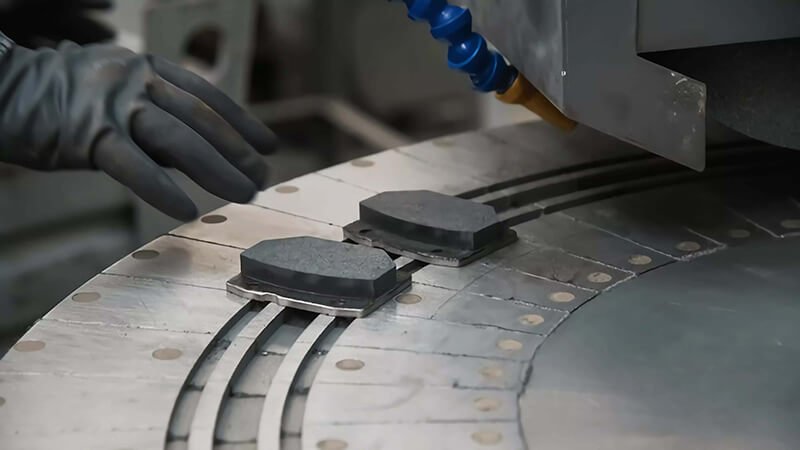
Conclusion
When selecting brake pads, understanding certifications like R90, as well as key material characteristics, is essential for making informed decisions. By focusing on durability, heat resistance, and other critical factors, you can ensure your brake pads perform safely and effectively over time.
-
Learn about standards and quality benchmarks for brake pads ↩
-
Explore industry safety and performance standards for brake pads ↩
-
Learn about the importance of brake pad certifications ↩
-
Compare ceramic and semi-metallic brake pad composites ↩
-
Learn about brake pad specifications and performance factors ↩
-
Explore brake pad material composition and manufacturer approval ↩
-
Learn how to identify brake pad manufacturer and part number ↩
-
Learn about types of friction materials used in brake pads ↩
-
Compare ECE R90 and FMVSS 121 brake pad certifications ↩
-
Learn about the definition and importance of R90 certification ↩
-
Explore European Union safety standards ↩
-
Learn about brake pad safety and performance standards ↩
-
Learn more about ECE R90 regulations ↩
-
Learn about the standardized testing involved in R90 certification ↩
-
Learn more about ECE R90 regulations ↩
-
Learn about the key features to consider when selecting brake pads ↩
-
Explore the durability benefits of ceramic brake pads ↩
-
Learn about the definition and prevention of brake fade ↩




